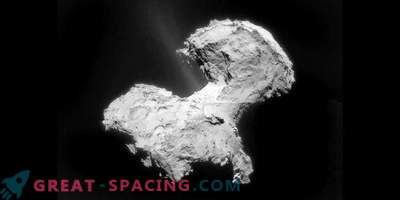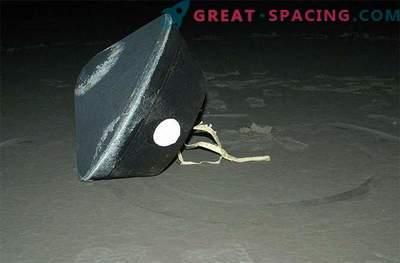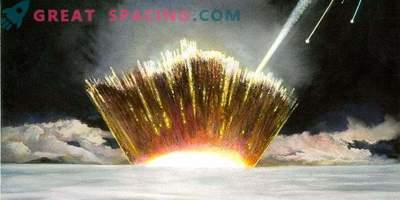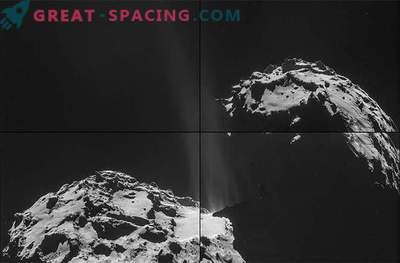
Pillar 43 - Vulture Stone in Gebekli Tep.
A team of researchers from the University of Edinburgh has found evidence of a comet hitting the Earth during the start of the Late Drias. This was noted in the carving on the ancient stone pillar in southern Turkey.
The previous evidence, based on the ice core of Greenland, suggested that the impact of a comet could have led to the onset of the Late Dryas, a glaciation period lasting 1000 years. Other data also indicate that this event forced people to unite to grow vegetation, after which agriculture began to develop rapidly. All this launched the mechanism of technological innovation and social dynamics among the neolithic civilization. In this study, scientists used a stone pillar in Gebekli-Tepa (the oldest temple). The information on it coincides with ice finds and proves that in 10950 BC. er The earth was visited by a comet. An event is displayed on the pole - the comet has fallen and its remains hit the ground, changing climatic conditions around the world, as well as hints of death (one of the characters is depicted without a head). The team used images in computer models to compare with constellations and find out if there were similar stories and characters in the past. And as it turned out, the associations were found in 10950 BC. n er The mere fact that people took the time and made efforts to create such a creation, says that something important has happened.
The core of the Greenland ice suggests that the comet struck around 10,899 BC. er
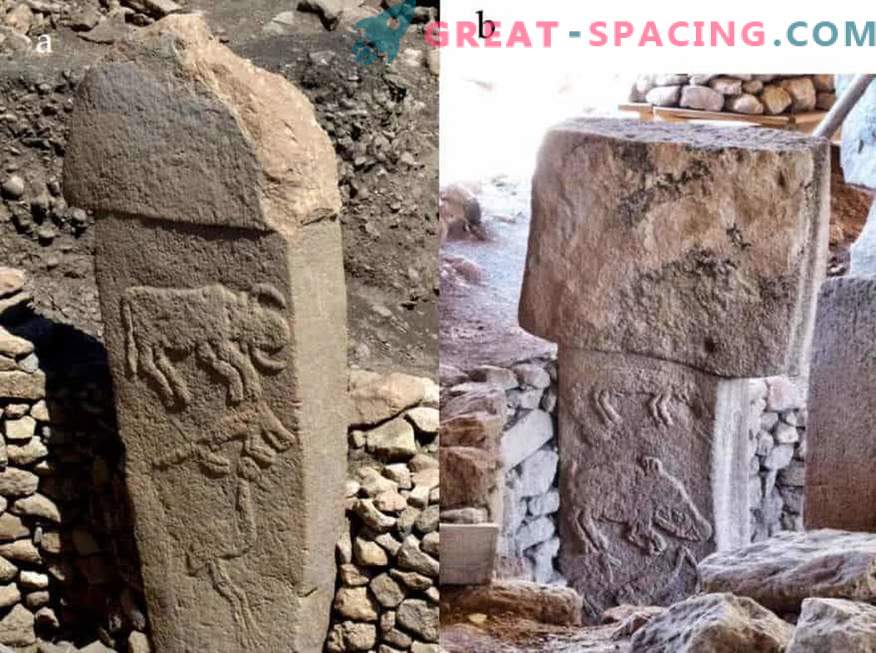
Poles with three animal symbols.
The researchers concluded that the thread is an attempt to document a catastrophic event. And the temple, in fact, could play the role of an observatory. Moreover, there is an assumption that it was the impact of the comet that affected the change of the earth's axis.




